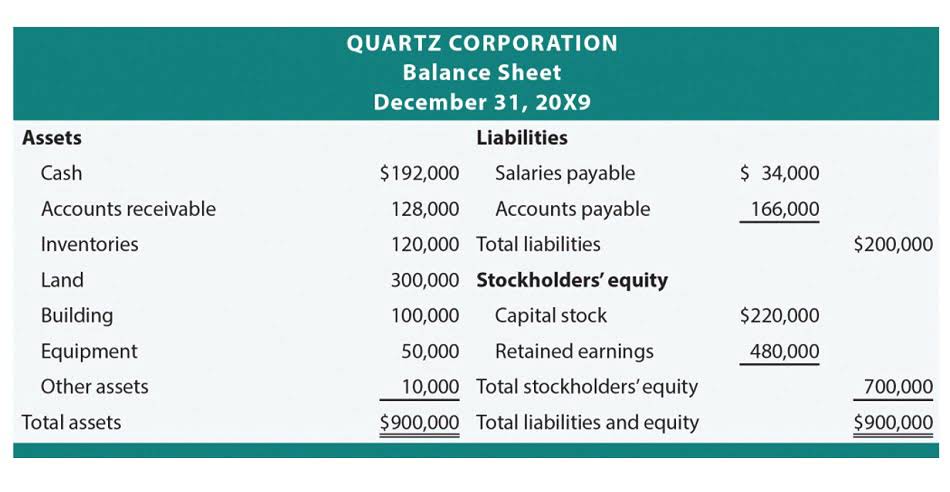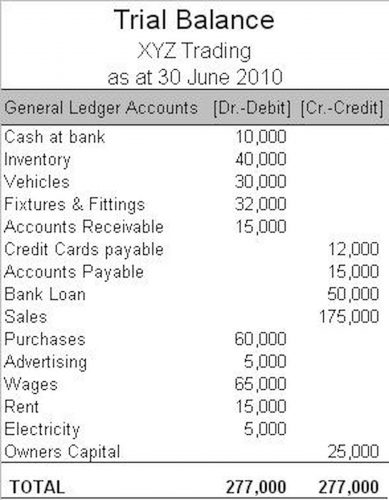
Understanding these differences is important for performing a detailed financial analysis. The concept of Total Period Cost originates from managerial accounting, where it’s essential to distinguish between costs directly tied to production and those that aren’t. This distinction aids in the accurate financial assessment and strategic planning of a company’s operations.

Product vs. Period Costs
- There are many examples of period costs that businesses may incur such as rental expenses and many others.
- This classification relates to the matching principle of financial accounting.
- Period costs can be separated by category on the income statement to help understand what the costs are and how much is spent on each.
- In order to keep your budget efficient, it is important to know how to report period costs, but unfortunately, there is no standard formula for calculating period costs.
- Office rent and other general administrative expenses are treated as period costs.
This accounting practice is not only a compliance measure but also provides valuable insights for internal management and external stakeholders. Understanding these costs is not just about recording numbers; it’s about grasping their broader implications on pricing strategies, budgeting, forecasting, and tax considerations. The significance of period costs extends beyond mere accounting entries to become a cornerstone in shaping business tactics and financial health.

Pre-Determined Expenses
The tax implications of period costs are an intricate aspect of fiscal management that can influence a company’s tax liability. Since period costs are deductible in the year they are incurred, they can reduce taxable income, thereby affecting the amount of tax owed by the business. It is essential for companies to accurately categorize and document these expenses to ensure they are maximizing their tax deductions. For instance, a business may be able to deduct the full amount of certain administrative expenses, such as office supplies or non-depreciable equipment, in the year they are purchased. These examples clarify that period expenses are incurred over time and not the direct costs related to the product production. When preparing financial statements, companies need to classify costs as either product costs or period costs.
How TranZact’s Barcode Inventory Software Can Improve Inventory Tracking
The management accountant must carefully evaluate the time expenditure to see if it will be included in the income statement. By following these steps and formulas, businesses can accurately calculate their period cost, providing valuable insights into their financial performance and profitability. As bookkeeping a general rule, costs are recognized as expenses on the income statement in the period that the benefit was derived from the cost. So if you pay for two years of liability insurance, it wouldn’t be good to claim all of that expense in the period the bill was paid. Since the expense covers a two year period, it should be recognized over both years. Period costs are a part of operating expenses and are deducted from the gross profit (Revenue – Cost of goods sold) in order to achieve the net profit.
Period costs can be separated by category on the income statement to help understand what the costs are and how much is spent on each. This way you’ll have a better idea of the expenses and give a better idea of the net income of your company. Product costs (also known as inventoriable costs) are those costs that are incurred to acquire, manufacture or construct a product.

The firm will not incur enabling costs if operations shut down but will incur them if operations occur. Some will likely be constant over the entire output range; others will vary in steps. For example, a single-shift operation might require only one departmental supervisor, but the operation of a second shift will require a second supervisor. Time cost forms a significant portion of indirect costs, hence critical for running the business. Financialstatements are a set of four documents that present the yearly financial achievementsand expenditures the company has incurred. This calculator streamlines the process of computing the Total Period Cost, making it an accessible tool for business owners, financial analysts, and academic use.
Period Costs Example

We need to first revisit the concept of the matching principle from financial accounting. Every cost incurred by a business can be classified as either a period cost or a product cost. A product cost is incurred during the manufacture of a product, while a period Insurance Accounting cost is usually incurred over a period of time, irrespective of any manufacturing activity.
Account
- This is in accordance with the matching principle of accounting, which dictates that expenses should be matched with the revenues they help to generate in the same period.
- Administrative costs pertain to the general management of the business and include executive salaries, legal fees, and other overhead not related to production.
- First-in, first-out (FIFO) costing addresses this problem by assuming that the first units worked on are the first units transferred out of a production department.
- This figure helps in assessing the non-production-related expenses and in strategic planning for future financial periods.
The preceding list of period costs should make it clear that most of the administrative costs of a business can be considered period costs. This figure helps in assessing the non-production-related expenses and in strategic planning for future financial periods. period costs Now that we have taken a bird’s eye view of the matching principal, let’s look into the meanings of and difference between product costs and period costs.













